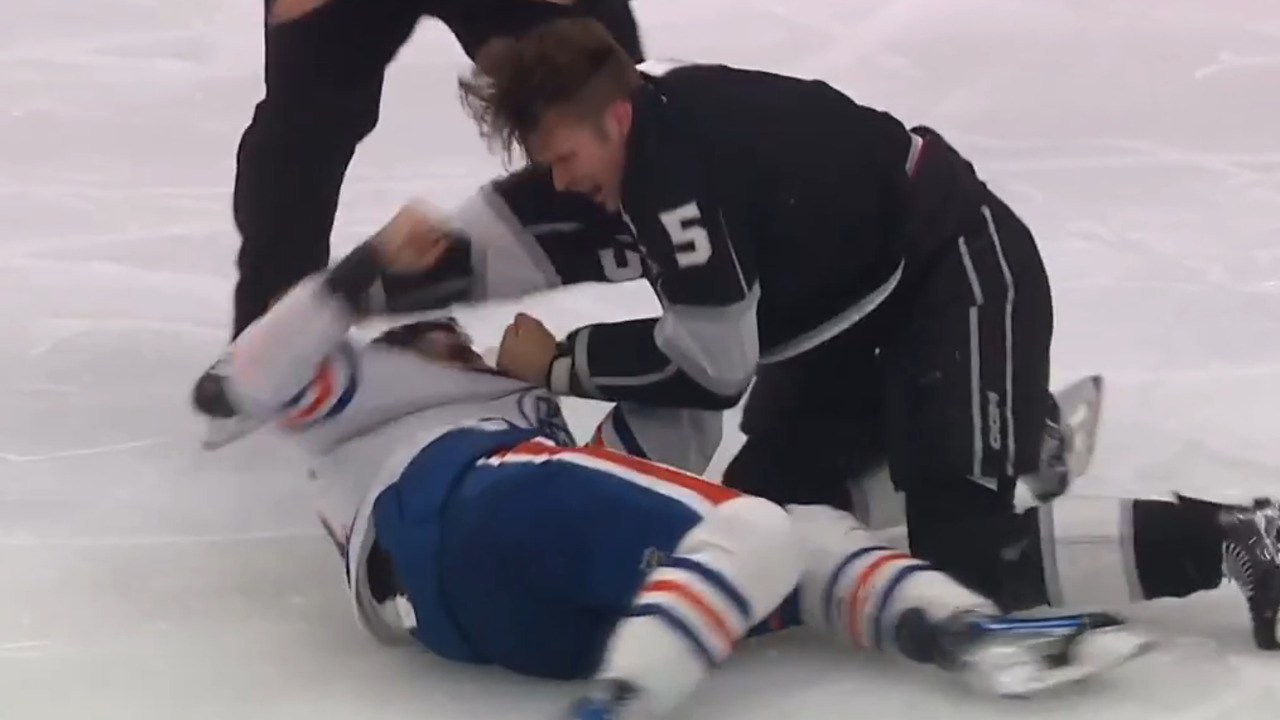
EDMONTON — A day after the cancellation of the 2022 World Junior Hockey Championship, it was difficult to discern which was more frigid.
The frozen locals here in Omsk, Alta., where Thursday’s high of minus-27 C was reached just before noon? Or the social media heroes who ripped organizers of the tournament with their usual 20/20 hindsight?
It was the day after the unthinkable had happened on Wednesday: they cancelled the World Juniors. And the weirdest thing? There wasn’t a person among the informed decision-makers who awoke Thursday with a better idea, given the rising positives among some 8,700 tests administered here.
“I have great empathy and sympathy for everyone involved in the event — the Oilers, the (Red Deer) Rebels, the officials, the volunteers, the staff and the 10 teams,” began Hockey Canada President and COO Scott Smith. “I’ve spent more of my time thinking, ‘Is there a way we can do an event at some point in time where we can deliver for that group of people?’
“What I haven’t done, or been in any conversations about with the people who are in the know — the IIHF, the local organizing committee and ourselves — is hear anyone say, ‘I wish we would have done this. Or that.’”
As the aftermath unfolded Thursday we learned that Swedish goalie Jesper Wallstedt was among seven more positive COVID-19 tests. Five players from five different teams tested positive, as well as two more support staff.
On a day that the Quebec Major Junior League suspended play until Jan. 17, and Ontario reduced indoor stadium capacity limits to 1,000 people, the hockey world settled into the reality that anything short of an all-encompassing bubble would not guarantee the continuation of a tournament or season.
Or, many believe, provincial and federal health standards should have been more relaxed, and the tournament should have carried on. Sure — go ahead and write a letter. But that was not an option, full stop.
Editor’s Note: The COVID-19 situation, in sports and around the world, is constantly evolving. Readers in Canada can consult the country’s public health website for the latest.
The biggest question being asked was why everyone wasn’t in an all-encompassing bubble, like the last World Juniors and the Stanley Cup playoffs before that. But asking that question — when for the past many months sports had been trending towards full houses and general normalcy — is like asking a skydiver why he jumped out of the plane with a faulty parachute?
If he’d have known the ‘chute wouldn’t open, do you think he’d have jumped?
On Thursday we read shots from a Slovakian goaltender on Instagram, while the day before a Finnish coach tore into organizers on the Twitter account of a Pittsburgh hockey writer.
They must have seen Omicron coming. Move over, Dr. Fauci.
“If Omicron had showed up a month later, or if this event was held a month earlier, we would have delivered an event, likely, with full buildings and great attendance,” Smith said. “It ended up being a perfect storm: The teams arrived on Dec. 15, a Wednesday. The following Tuesday is when the Alberta government made the announcement that there would be a 50 per cent capacity (plus no food and beverage). That’s how quickly things change.”
Organizers were back-peddling from the very beginning. No different than the NHL, the NBA or the NFL, but with a much smaller window in which to complete their schedule.
“The grab of the Omicron variant and how contagious it was just seemed to evolve, and evolve, and become more significant on a daily basis every day after Dec. 15. We just didn’t have the luxury of time… and our doctors told us that there was likely to be further positives. We just didn’t think we could out-pace the variant,” Smith said. “Maybe if Omicron had hit in August we’d have done things differently. But the combination of when it arrived, when the teams arrived, and what our plans were, I’m proud of the fact that we delivered a better environment than what we had planned for.
“Unfortunately it wasn’t protective enough.”
And the Red Deer wedding?
Smith said organizers had a hold on the entire Red Deer hotel a year ago. “Because that’s where the world was, a year ago.”
Then they eased off over the summer. Because that’s what the rest of the world was doing.
Ironically, Smith had received blowback from competing teams as recently as late November about the restrictive protocols. When those teams arrived and Hockey Canada tightened the screws even more under the threat of Omicron, more federations complained.
Alas, what was needed was an outright bubble, and all they had was a “protective environment.”
“There was never any plan for replicating the bubble from last year,” confirmed Smith.
Accuse Hockey Canada, the IIHF and local organizers of not seeing Omicron coming back in about July or August — when they could have done something about it. That is fair.
But when you’re done with that, find us the sports league, government or health board who did predict a new variant’s arrival, and all that it has wrought.
When this tournament was planned, sports events were opening up. Not closing down.
We haven’t made much progress then, have we?




